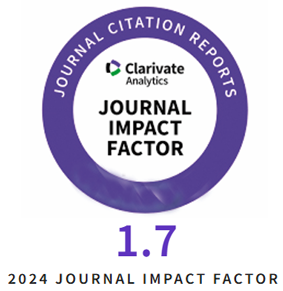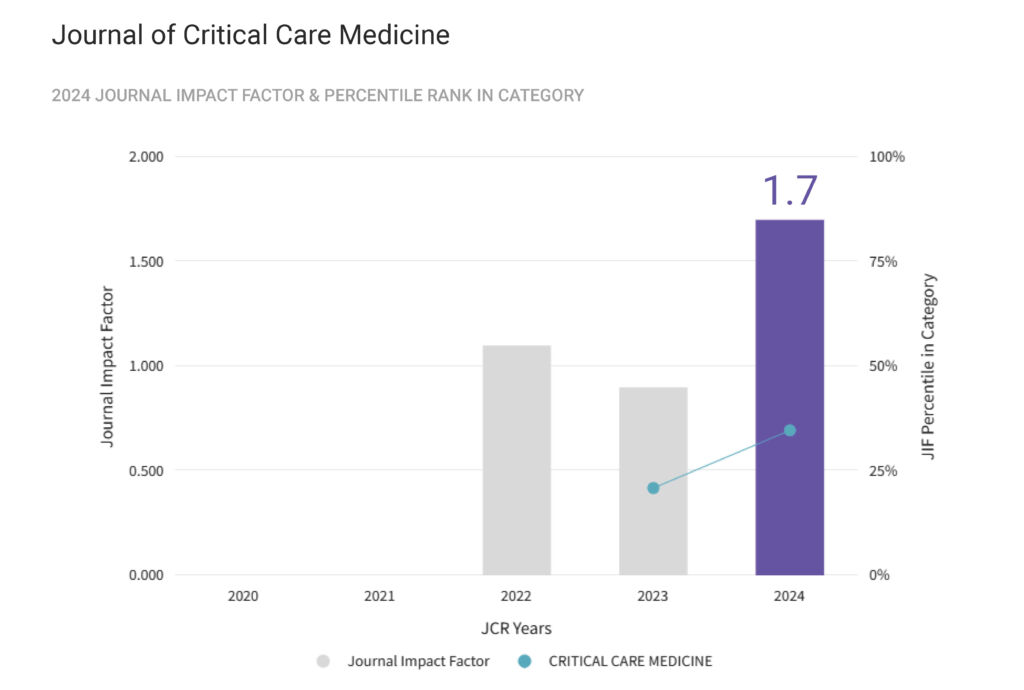The pathophysiology of sepsis is orchestrated by a delicate and dynamic interaction between pro-inflammatory and anti-inflammatory responses. Essential factors influencing this process include interleukin-7 (IL-7), the programmed cell death protein 1/programmed death ligand 1 (PD-1/PD-L1) axis, and cellular apoptosis. These elements shape the immune response in sepsis, influencing its progression and outcomes. IL-7 is an important cytokine maintaining lymphocyte function and survival. At the same time, the PD-1/PD-L1 axis acts as a modulatory checkpoint suppressing immune activation to prevent overreaction but can exacerbate immunosuppression during sepsis. Cellular apoptosis impairs the host’s ability to mount an effective defence, especially against secondary infections.
Despite extensive research, the precise mechanisms through which sepsis results in organ dysfunction and immune dysregulation remain incompletely understood. The global burden of sepsis emphasizes the urgent need for innovative approaches, paving the way for personalized, immune-based therapies.
This review aims to delve into and synthesize the current knowledge regarding cellular apoptosis, the regulatory role of the PD-1/PD-L1 axis, and the critical functions of IL-7 in sepsis, with a focus on their underlying mechanisms, clinical relevance, and potential as targets for future immunomodulatory treatments.
Category Archives: JCCM 2025, Vol. 11, Issue 2
The use of intraventricular vancomycin in subacute brain abscess in an adolescent male: A case report
Introduction: Brain abscess is a serious condition in children, leading to rapid deterioration, and permanent neurological damage associated with significant morbidity and mortality. Current management protocols for brain abscesses focus on intravenous antibiotics and surgical excision and drainage.
Case Presentation: A 12-year-old adolescent male who had headache and photophobia and was diagnosed with multiple brain abscesses and was refractory to conventional medical and neurosurgical intervention. A single dose of 10 mg vancomycin was administered through endo-ventricular drain , resulting in resolution of abscesses and alleviation of symptoms.
Conclusion: We describe the first instance of intraventricular vancomycin use in the pediatric age group for the treatment of multiple brain abscesses. Given the variability in dosing reported in the literature, our case report warrants further studies to standardize dosage for this rare intervention.
The Use of Biomarkers Testing in Emergency Department
Introduction: In the fast-paced environment of Emergency Departments (EDs), biomarkers are essential for the rapid diagnosis and management of critical conditions.
Aim of the study: This study evaluates the current clinical practice on key biomarkers in Romanian EDs, addressing the needs of emergency medicine physicians, and the challenges associated with biomarker testing.
Material and Methods: An online survey was sent to physicians working in ED to explore their perceptions, needs, and barriers regarding biomarkers, including Point-of-care (POC). Data was collected anonymously through an online platform and subsequently analyzed.
Results: This survey analyzed data from 168 completed responses, with 95.2% of respondents being specialists in emergency medicine. Procalcitonin and presepsin were most preferred for PoCT, while troponin and D-dimer were highly rated regardless of the testing method, reflecting their utility in sepsis and cardiovascular emergencies. Neuron-specific enolase, interleukin-6, and procalcitonin were the biomarkers considered needed.
Conclusions: The most frequently used biomarkers in ED were troponin, D-dimer, BNP/NT-proBNP, and procalcitonin. NSE, IL-6, and procalcitonin were the most recommended for future integration. High costs, limited availability, and false-positive concerns remain significant challenges in biomarker use.










